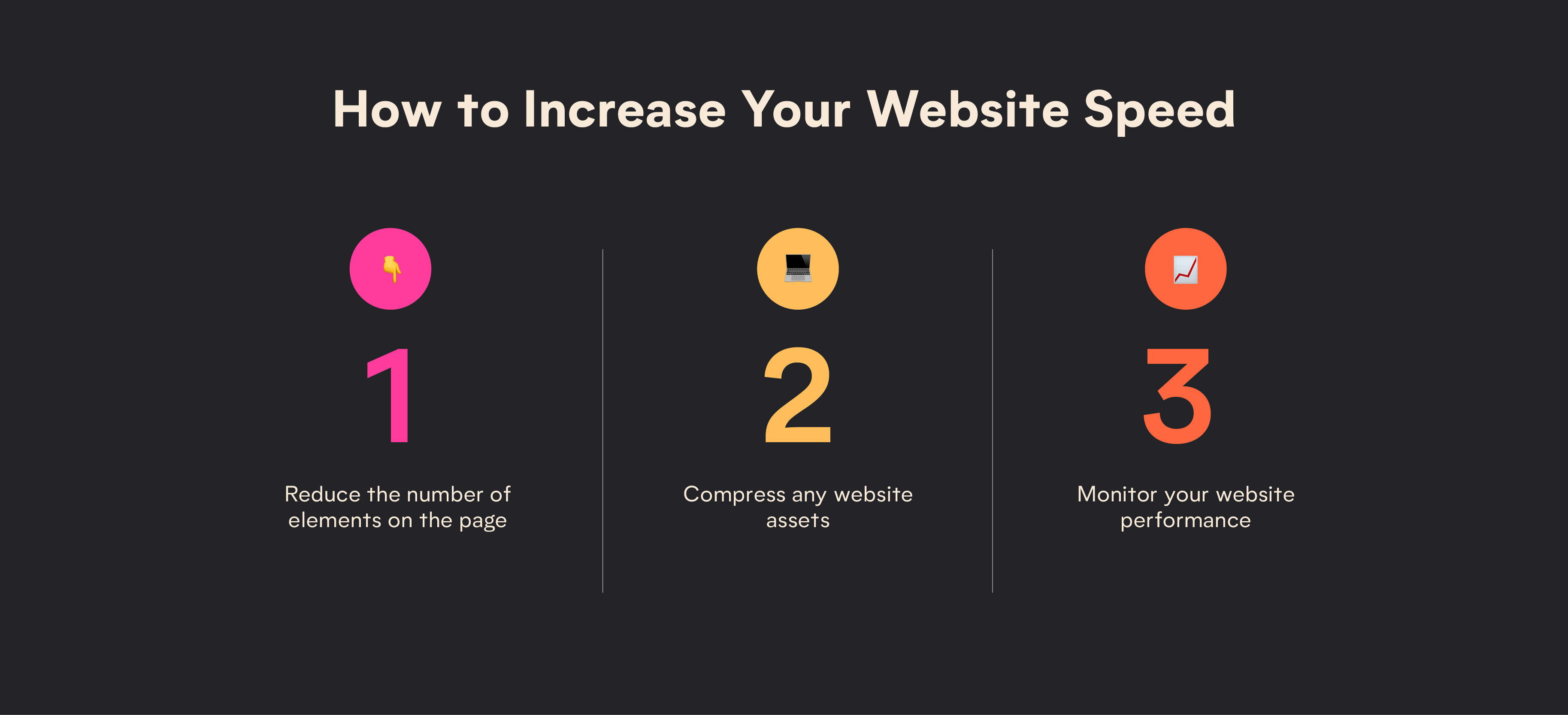Knowing what makes a good website is a crucial part of good web design.
Over the last 20 years, websites have evolved significantly, and what might have worked well back in 1998, would not be effective in today’s competitive and technology-driven society.
Gone are the days of tasteless over-the-top graphics, pop ups and Times New Roman and in are the days of simple, practical websites produced with the user in mind. If the user doesn’t have a good experience, everything else is pretty much obsolete.
Your website is there to serve a purpose, whether that’s increasing brand awareness, driving more leads, or generating more sales, it exists to do something.
However a successful website doesn’t just ‘happen’. It comprises numerous elements, from design features such as colours and fonts, to functional elements such as your navigation, device compatibility, and load times.
If you’re looking to build the perfect website for your business, then it’s important to consider every factor.
But what makes a good website?
We’re sharing our tips for creating a beautiful, user-friendly website that won’t leave you, or your visitors disappointed.












